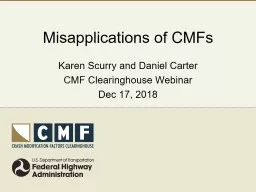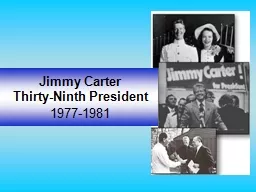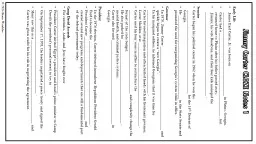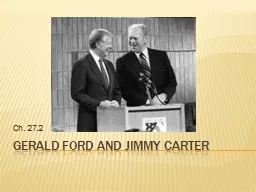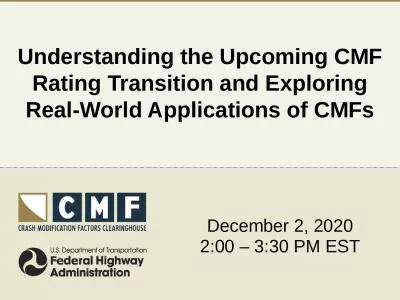PPT-Misapplications of CMFs Karen Scurry and Daniel Carter
Author : trish-goza | Published Date : 2018-12-23
CMF Clearinghouse Webinar Dec 17 2018 Introduction Selecting an appropriate CMF is important information on previous webinar Applying CMFs correctly is important
Presentation Embed Code
Download Presentation
Download Presentation The PPT/PDF document "Misapplications of CMFs Karen Scurry and..." is the property of its rightful owner. Permission is granted to download and print the materials on this website for personal, non-commercial use only, and to display it on your personal computer provided you do not modify the materials and that you retain all copyright notices contained in the materials. By downloading content from our website, you accept the terms of this agreement.
Misapplications of CMFs Karen Scurry and Daniel Carter: Transcript
Download Rules Of Document
"Misapplications of CMFs Karen Scurry and Daniel Carter"The content belongs to its owner. You may download and print it for personal use, without modification, and keep all copyright notices. By downloading, you agree to these terms.
Related Documents

